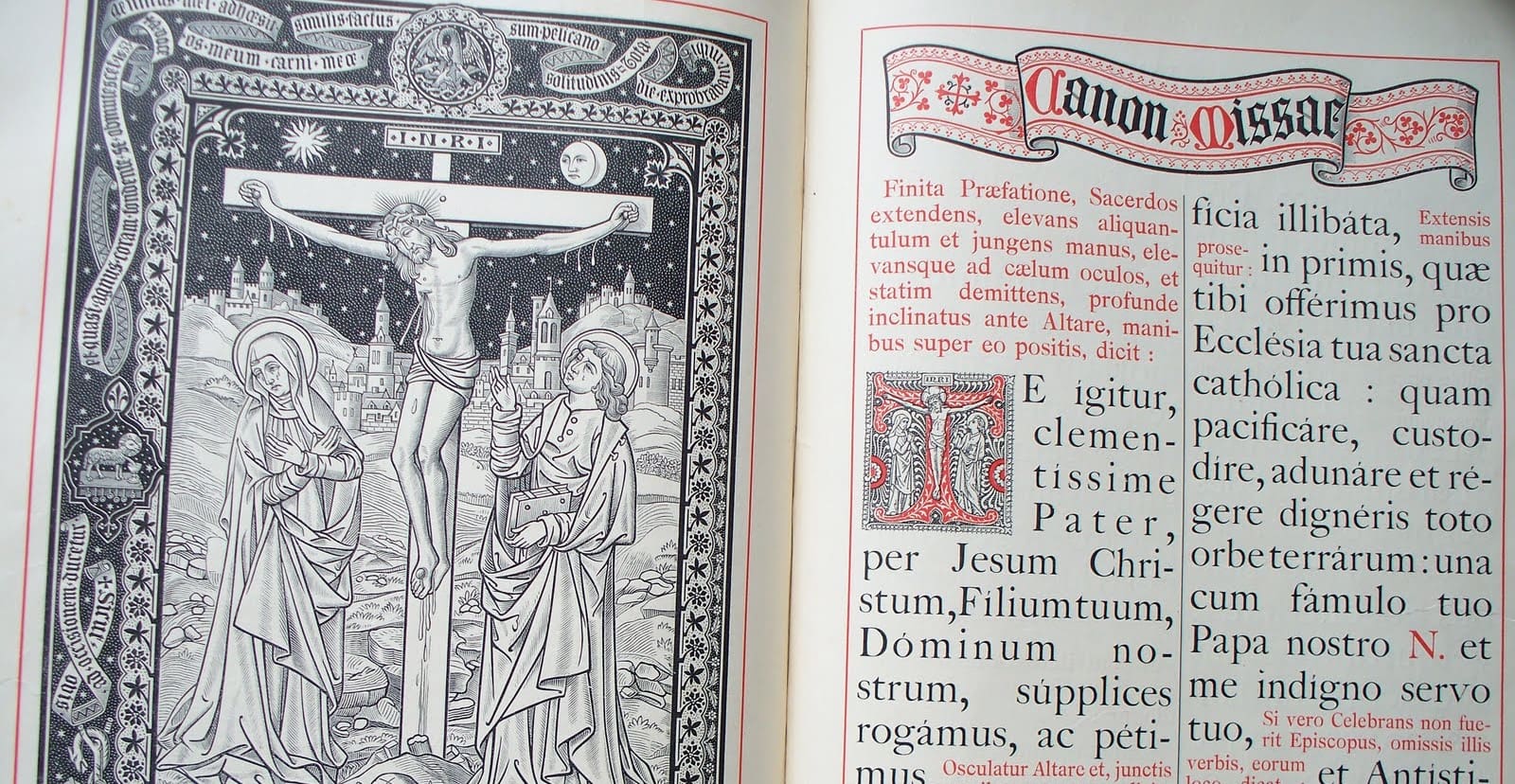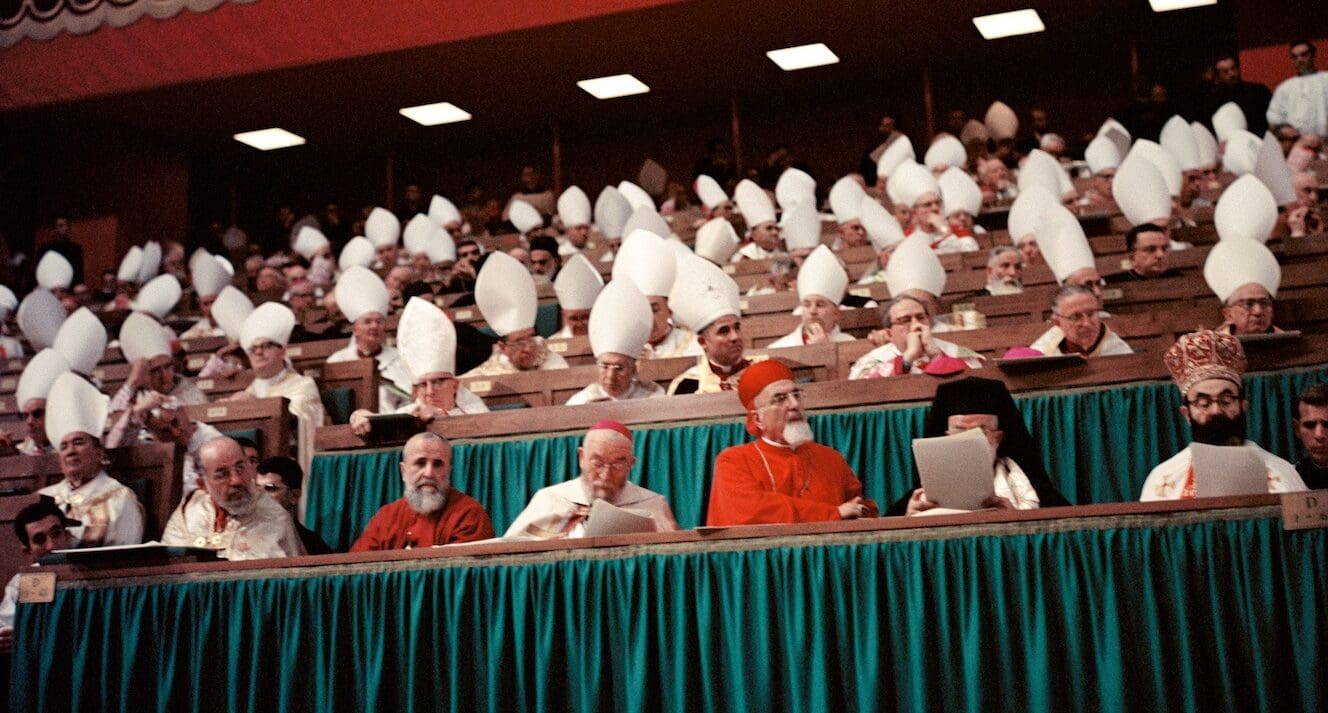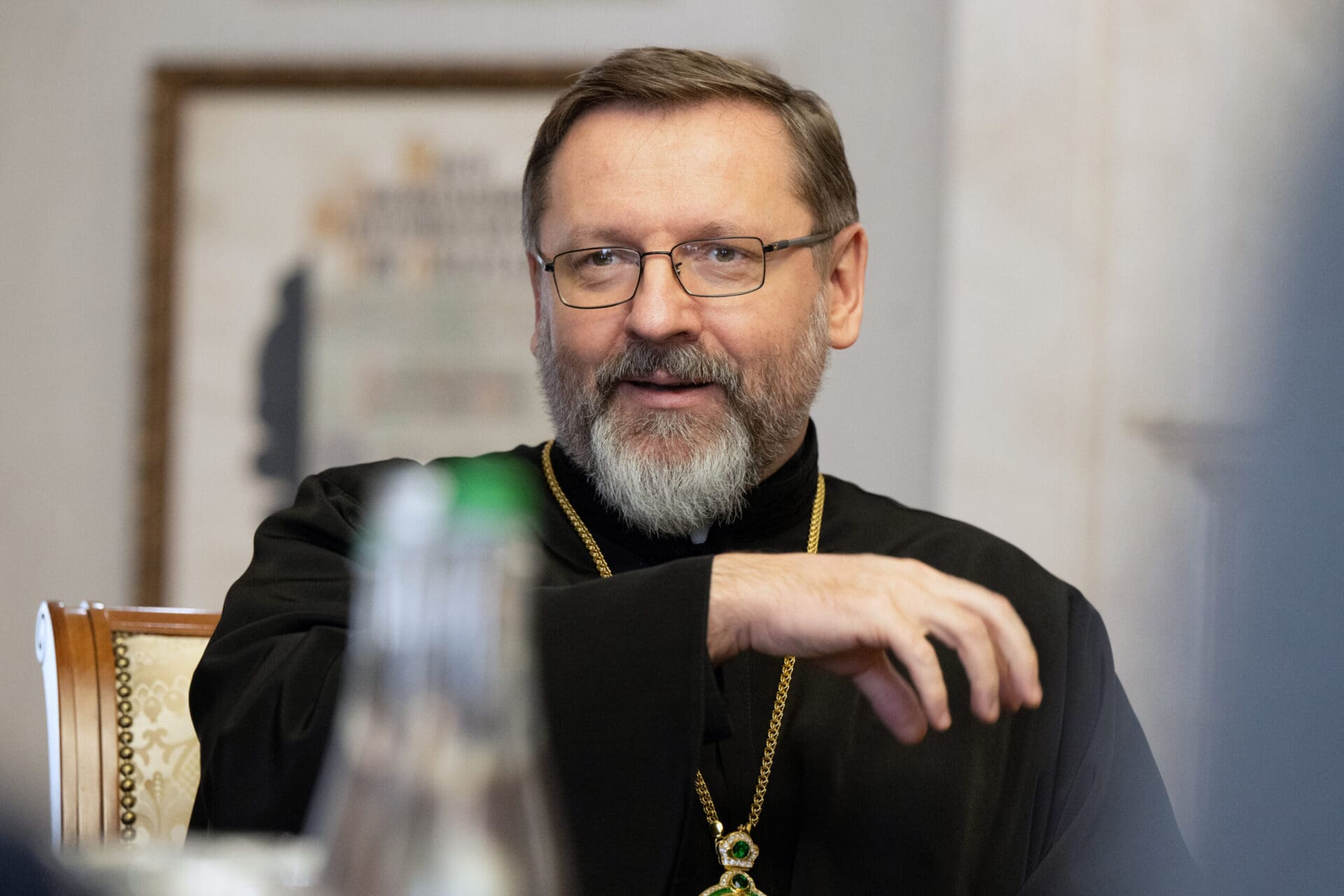A: This is a common question posed by the laity to priests: why do priests use different Eucharistic Prayers at Mass? What determines which one is used? The question is important since the Eucharistic Prayer is the center and high point of the entire Mass.
There are four principal Eucharistic Prayers, numbered in Roman numerals, I through IV. Eucharistic Prayer I is also known as the Roman Canon. It is an ancient text, having existed since the mid-fourth century, and since the beginning of the seventh century it has remained practically unaltered. It was the only Eucharistic Prayer used at Mass in the West between 1570 and 1970. This Eucharistic Prayer may always be used at any Mass. It is especially suited to certain feast days that have special formulae assigned within it (Holy Thursday, Christmas, Easter, etc.). In fact, in a 1968 letter to presidents of conferences of bishops and of national liturgical commissions, Cardinal Benno Gut, President of the Consilium, noted that Eucharistic Prayer I “must take precedence” on those feast days; the current General Instruction of the Roman Missal (GIRM) only notes that it is “especially suited for use” on such days. It is also especially suited (“should also be used” according to Cardinal Gut) for the feast days of the apostles and saints mentioned in the prayer itself. Along with Eucharistic Prayer III, it is particularly suited for use on Sundays.
Eucharistic Prayer II is inspired from an ancient Eucharistic Prayer called the Anaphora of Hippolytus from the third or fourth centuries. Because of its conciseness and comparative simplicity, it is suited for use on weekdays or in special circumstances. These special circumstances were elaborated by Cardinal Gut as Masses with children, young people, and small groups. It is also suited for use at Masses for the Dead as it has a special formulary for such Masses. Cardinal Gut also noted that because of its simplicity, it makes a good starting point for catechesis on the different elements of the Eucharistic Prayer.
Eucharistic Prayer III is new, having been composed after the Second Vatican Council. The GIRM states that its use should be preferred on Sundays and festive days. It may also be used in Masses for the Dead as it also has a special formulary for such Masses. The letter from Cardinal Gut suggests alternating Eucharistic Prayer I and III on Sundays.
Eucharistic Prayer IV was also composed after Vatican II and includes a rather detailed summary of the history of salvation. It is based on Eastern Eucharistic Prayers (Anaphorae), especially that of St. Basil the Great. The current GIRM states that since it has an invariable preface, it may be used when a Mass has no preface of its own and on Sundays in Ordinary Time. Cardinal Gut’s letter observes that it presupposes a somewhat superior knowledge of scripture and so recommends its use with groups having a better foundation in Scripture. This “somewhat condescending note about a more educated congregation” (as Benedictine Father Cassian Folsom notes) is not present in the GIRM.
There are nine other Eucharistic Prayers that are not as commonly used. These include three Eucharistic Prayers for Masses with Children (approved experimentally and later indefinitely), two Eucharistic Prayers for Masses of Reconciliation (originally approved for the 1975 Holy Year and then extended indefinitely), and finally four Eucharistic Prayers for Various Needs and Occasions. As Father Cassian notes, these latter prayers are really “one Eucharistic Prayer with four thematic variations (as a result it actually seems like four different prayers),” and they come from Switzerland and its synod in 1974. The Eucharistic Prayers for Various Needs and those for Reconciliation may be used when a Mass is said from the section “Masses and Prayers for Various Needs and Occasions” of the Roman Missal. Each variation of the Eucharistic Prayer offers suggestions as to which Mass formulary and Eucharistic Prayer are appropriately used together.
The three Eucharistic Prayers for Masses with Children use a simpler style of language and are strictly limited to Masses celebrated with children under age eight or Masses at which the majority of the participants are children. Three prayers are proposed in view of the cultural differences and the character of various peoples. The Introduction to these prayers encourage the priest to choose based on the needs of the children: “either the first for its greater simplicity, the second for its greater participation, or the third for the variation it affords” (n. 15).
The Roman Missal explains that the Eucharistic Prayers for Masses of Reconciliation may be used in Masses in which the mystery of reconciliation is conveyed to the faithful in a special way (such as at ‘Masses for Reconciliation’ or ‘For the Forgiveness of Sins,’ among others) as well as in Masses during Lent. These Eucharistic Prayers have a proper preface but may also be used with other prefaces that refer to penance and conversion. The 1974 decree Postquam de Precibus approving these Eucharistic Prayers noted that these prayers are also suitable “when there are special celebrations on the themes of reconciliation and penance, especially during Lent, and on the occasion of a pilgrimage or spiritual meeting.”
—Answered by Father Alan Guanella
Diocese of La Crosse, WI


